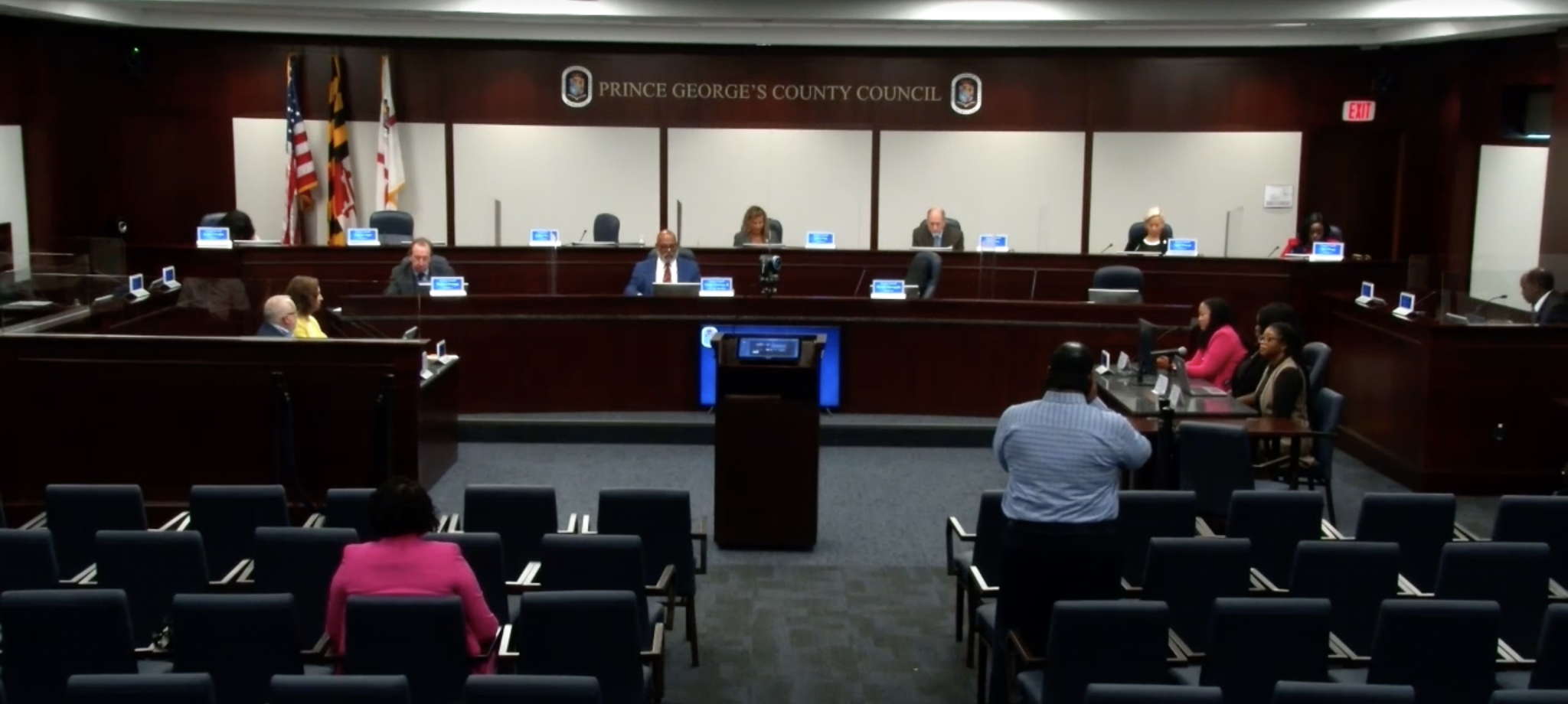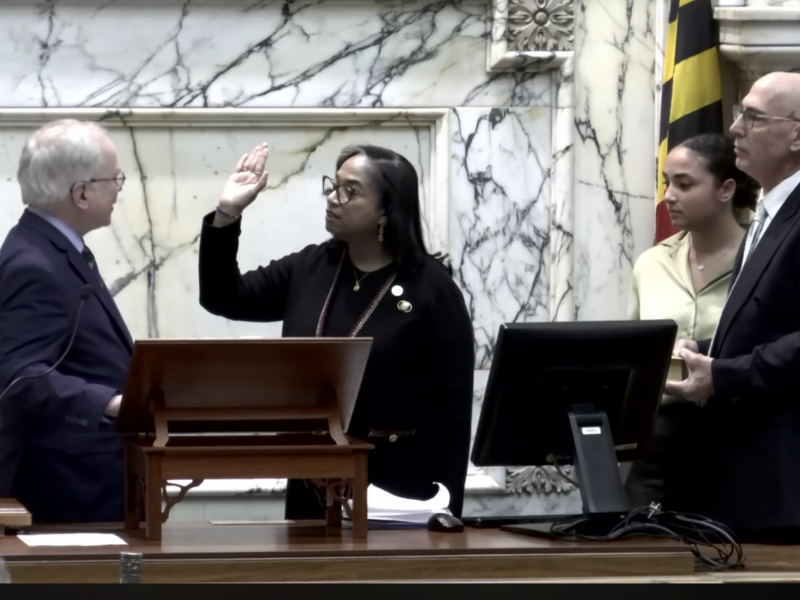The Prince George’s County health board met Tuesday to discuss strategies to equitably address the county’s growing HIV epidemic.
HIV cases in the county rose from 237 to 258 between 2021 and 2022, according to the Prince George’s County health department. In 2022, the county recorded the highest HIV diagnosis rate in Maryland, alongside Baltimore City, according to the state health department.
Black people are disproportionately affected by the virus, the county health department said in its presentation. About 82.6 percent of county residents living with HIV are Black, according to the 2022 Prince George’s County HIV progress report.
“It really shows that we have potentially an epidemic that seems to be very vast that’s growing through our community,” District 9 council member Sydney Harrison said during Tuesday’s meeting.
HIV, which is short for human immunodeficiency virus, attacks the body’s white blood cells and weakens the immune system, according to the World Health Organization. The virus is most often transmitted through sexual contact, contaminated needles or syringes and infected blood or blood products. It can also be spread to a child through pregnancy, according to WHO.
[PGCPS school board discusses bus driver shortages, transportation improvements]
If left untreated, HIV can lead to AIDS, a disease that gradually destroys the body’s ability to fight infections and certain cancers, according to WHO.
Southern Prince George’s County has struggled with providing regular HIV testing services due to limited funding and staffing shortages, ewhich has prevented testing facilities from operating full-time, Diane Young, the associate director of the department’s family health services division, said.
District 8 council member Edward Burroughs III said the uneven testing services across the county puts some residents at a disadvantage.
“I don’t understand how in Prince George’s County, the area codes with the highest HIV rates doesn’t have the appropriate government services anywhere near it. I think that should be unconscionable,” Burroughs said. “That’s disgraceful in Prince George’s County.”
Young highlighted the department’s efforts to reach students at Bowie State University, a historically Black institution. But because of staff constraints, the department can’t reach all the places or people it wants to, she added.
“We took a purposeful outreach,” Young said. “[Bowie State’s] student population reflects those who are most at risk for HIV.”
[Former Prince George’s County Council member pleads guilty to theft scheme, perjury]
At the University of Maryland, the department has funded local organizations, but has no targeted HIV campaign, Young said. While the health department no longer operates school-based wellness centers for testing, she said, they are working to re-provide HIV and STI testing.
Since the department is perceived as a government agency, community partners play an important role in circulating information, she explained. This year, the department plans to conduct more testing at health fairs and through its mobile unit, Young said. She also said the department is looking to help implement HIV testing in hospitals for patients that come in through the emergency room.
The health board hopes to reduce HIV infections in the county by 75 percent by 2025 and by 90 percent by 2030, according to the Prince George’s County website.
Members of the board stressed the need to develop the workforce to address the issue of staff shortages in the health industry and help curb the epidemic. Young also said even with funding, professionals must receive appropriate training and time to work in centers to curb the epidemic.
“We need to train up the next generation of public health professionals so that we can provide additional resources,” Young said.



